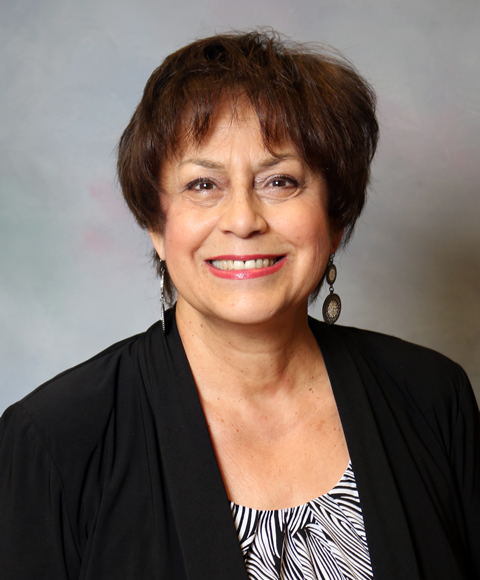
My ‘salita’ is conveniently attached to the master bedroom and quietly hosts bookshelves, a loveseat, my mother’s étagère, my designated television and two dog beds. It is my refuge from basketball or football and justification for dialing up Netflix and watching Jane Austen’s ‘Sense and Sensibility’. Again.
Some of my fascination with the movie (other than Hugh Grant) is in comprehending the common perception of the Victorian era, a prudish, hypocritical, stuffy and narrow minded group focused on acting properly in accordance with the conventions of the time.
In the late Victorian period it was vulgar and offensive even to refer to the leg of a table, let alone to the leg of a person. The word "limb" was used for both leg and arm to avoid such unsuitable language. In this environment something more delicate was needed to refer to war wounds and other injuries that made a man unable to procreate.
Because family wealth was often held as jewels (there were no banks), their loss could ruin a family. Thus the term “family jewels’ was a favored choice in literature to describe the loss of a man's ability to create or continue a family line.
In our very post, post modernistic age, the political correctness of the term “family jewels” has evolved into slang expressions like balls, bollocks, cojones, mountain oysters or gonads. They are the basis for male braggadocio and swagger and rightfully so. In a ‘nutshell’, testicles are necessary to human existence.
They secrete testosterone, which is necessary for proper physical development in boys. In adulthood, they maintain libido, muscle strength and bone density. They are vital as the sperm-producing organs to the counterpart of the female ovaries.
They can also be a target for cancer, with almost half of all cases occurring in men between the ages of 19-35.
Men like Interim Chief Nursing Office for Las Palmas Medical Center, Jerry Gonzalez, who at age 30 admittedly ignored a testicular lump he noticed while showering. An athlete who was raised in a healthcare family, Jerry was a nurse. He knew better.
“There was a lot going on in my life”, says Gonzalez “my grandmother was sick, the holidays were coming and when I noticed the lump, I simply did nothing about it”.
It wasn’t until November when he noticed the lump had grown and was now accompanied by leg pain that he consulted his physician. His urologist advised an ultra sound and when he called Jerry the following day, it was news for which he wasn’t prepared. The growth was malignant.
“When your physician calls you personally and suggests you have surgery on Friday – not in two weeks – you realize the gravity of the situation”, he added.
What followed for Jerry, his wife Christina and their two sons was a journey into the cancer experience. Surgeons removed one testicle along with the tumor and determined that there was lymph node involvement. Four rounds of aggressive chemo therapy followed.
“Then it all hit me”, admits Jerry. “Between the chemo, the fatigue and the hair loss and I just crashed”.
It wasn’t over, however.
The cancer did not respond to the chemotherapy so Jerry underwent retroperitoneal lymph node dissection, surgery which removes lymph nodes that may be cancerous from the lower back and pelvis.
“It was a tough recuperation and I was in the hospital for a week”, he states. “Ironically, during the time I was in the hospital, a 17 year-old patient died of testicular cancer. It really affected me”, he added.
Twelve years later, Jerry, who credits faith, family and friends for his recovering, says life is grand.
“I work, stay healthy, exercise, get my annual checkups and really watch my nutrition and diet”, he says. “I do take hormones and will for the rest of my life, but my physician helps manage that aspect”, he adds.
In response to the question about the long term side effects of his cancer, especially with respect to sperm changes or infertility, Jerry points with great pride to his four-year old son, Noah. “He is that ‘slim chance’ to which the doctor referred when I asked if my wife could get pregnant”, quips Jerry.
Jerry advises young men, parents and especially coaches to encourage testicular self-examination. “My wife and I have been open with our boys. Talking about testicles in our family is the norm”, he adds.
“I’ve affectionately dubbed myself the “Uni-Baller”, he adds.
The Victorian’s are rolling over in their graves!
 Patty Tiscareño
is the Executive Director of the Rio Grande Cancer Foundation which is
celebrating 20 years of service to the El Paso cancer community. For more information on programs and services, visit our website at
www.rgcf.org
Patty Tiscareño
is the Executive Director of the Rio Grande Cancer Foundation which is
celebrating 20 years of service to the El Paso cancer community. For more information on programs and services, visit our website at
www.rgcf.org
Mon to Fri: 8AM - 5PM
Sat & Sun: Closed
We are at the corner of Virginia St. & Wyoming Ave.